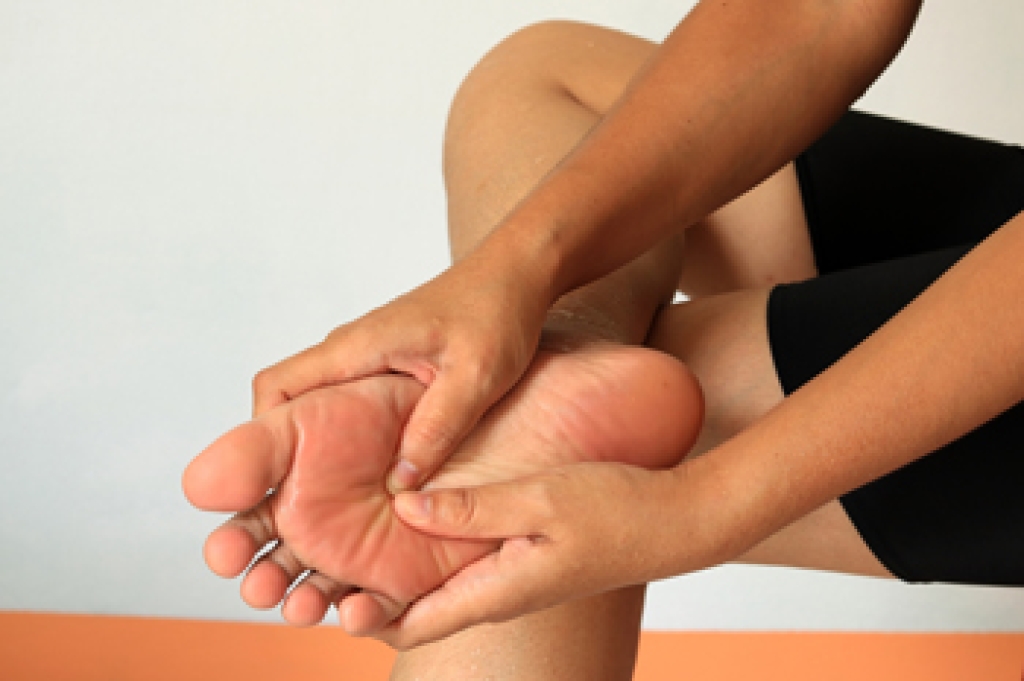 Properly fitting shoes have a larger impact on foot health than many people realize. The shape and size of your foot change over time because ligaments and soft tissues relax and stretch as you age. Having foot measurements done annually or even twice a year can help you keep track of the right shoe size for you. Making sure your toes can move freely inside your shoe is important. If your toes don’t have enough room, this could lead to corns, calluses, or deformed toes. Ill-fitting shoes can also cause complications such as bunions, Morton’s neuroma, or plantar fasciitis. Wearing high heels also increases the risk of painful foot conditions because of the pressure that is put on the forefoot. If you would like to learn more about how to find your proper shoe size, it is suggested you consult with a podiatrist.
Properly fitting shoes have a larger impact on foot health than many people realize. The shape and size of your foot change over time because ligaments and soft tissues relax and stretch as you age. Having foot measurements done annually or even twice a year can help you keep track of the right shoe size for you. Making sure your toes can move freely inside your shoe is important. If your toes don’t have enough room, this could lead to corns, calluses, or deformed toes. Ill-fitting shoes can also cause complications such as bunions, Morton’s neuroma, or plantar fasciitis. Wearing high heels also increases the risk of painful foot conditions because of the pressure that is put on the forefoot. If you would like to learn more about how to find your proper shoe size, it is suggested you consult with a podiatrist.
Finding a properly-fitting shoe is important in reducing injuries and preventing foot problems. For more information about treatment, contact Derek Smith, DPM from Oklahoma. Our doctor will treat your foot and ankle needs.
Proper Shoe Fitting
A common concern when it comes to foot health, having properly fitted shoes can help prevent injuries to the foot. Out feet affect our posture and gait, which in turn affects the biomechanics and overall bodily structure. With 33 joints, 26 bones, and over 100 ligaments, the potential for serious injury is much greater than one realizes. Although the feet cease growth in adulthood, they still change shape as they mature. Here are some factors to consider when it comes to investing in proper fitting shoes:
- Be sure the shoes fit correctly right away
- Ensure the ball of your foot fits comfortably in the widest portion of the shoes
- Even though they may look fashionable, improper fitting shoes can either create adverse conditions or exacerbate existing ones you may already have
- Walk along a carpeted surface to ensure the shoes comfortably fit during normal activity
Keeping in mind how shoes fit the biomechanics of your body, properly-fitting shoes are vitally important. Fortunately, it is not difficult to acquire footwear that fits correctly. Be sure to wear shoes that support the overall structure of your body. Do your feet a favor and invest in several pairs of well-fitted shoes today.
If you have any questions, please feel free to contact our offices located in Ponca City, and Stillwater, OK . We offer the newest diagnostic and treatment technologies for all your foot care needs.




